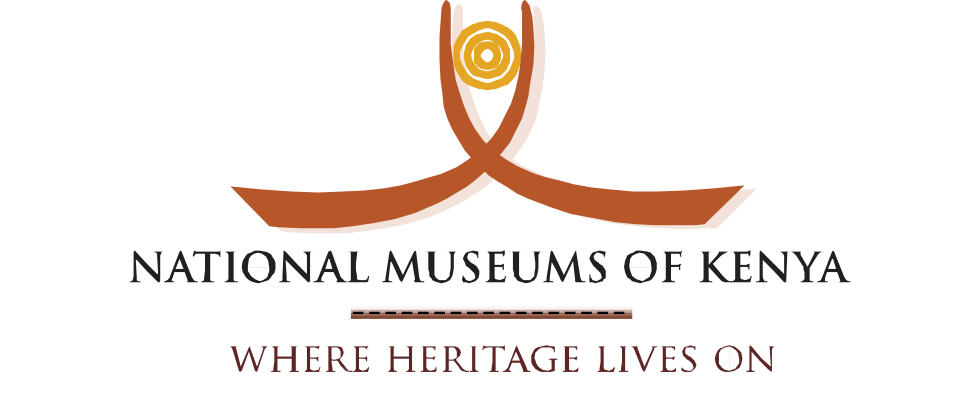The Sacred Mijikenda Kaya Forests in Kenya
Kenya has seven UNESCO World Heritage sites and the National Museums is the focal point in Kenya. The Sacred Mijikenda Kaya Forests is a UNESCO World Heritage site comprised of 11 separate sites among them, Kaya Kauma. The total number of forest patches managed by traditional beliefs and practices are 56 Mijikenda sacred kayas, out of which 39 are National Monuments, 4 forest reserves and 13 unprotected. The sacred forests are spatially distributed from the counties of Kilifi, Kwale and Mombasa, scattered along the 200 km stretch of the coastal region (Figure 1) and are governed by councils of elders in collaboration with the National Museums of Kenya (NMK). They range in size from the largest National Monument site of Kaya Dzombo-902 acres to the smallest unprotected Kaya Miyani in Kwale town of 3 acres. The coastal sacred kayas epitomize the history and culture of the Mijikenda and are cultural and natural heritage rich in biodiversity some of which are rare and endemic species. The Coastal Forest Conservation unit (CFCU) was constituted in 1992 by NMK with the task of caring for the Kayas in collaboration with local communities.

Map of the Sacred Mijikenda Kaya Forest, map source from NMK Dossier to UNESCO
Kaya Kauma SMP March 2019 -African World Heritage Fund
DISSEMINATION REPORT – German Commission for UNESCO Project
Kaya Kauma Biodiversity Report 2019F.docx African World Heritage Fund
BROCHURE – Culture Based Enterprises – Dr. Emma Mbua
BROCHURE – Insect Based Enterprises – Dr. Esther Kioko
